

Write what you are looking for and press enter to begin your search!
Live News
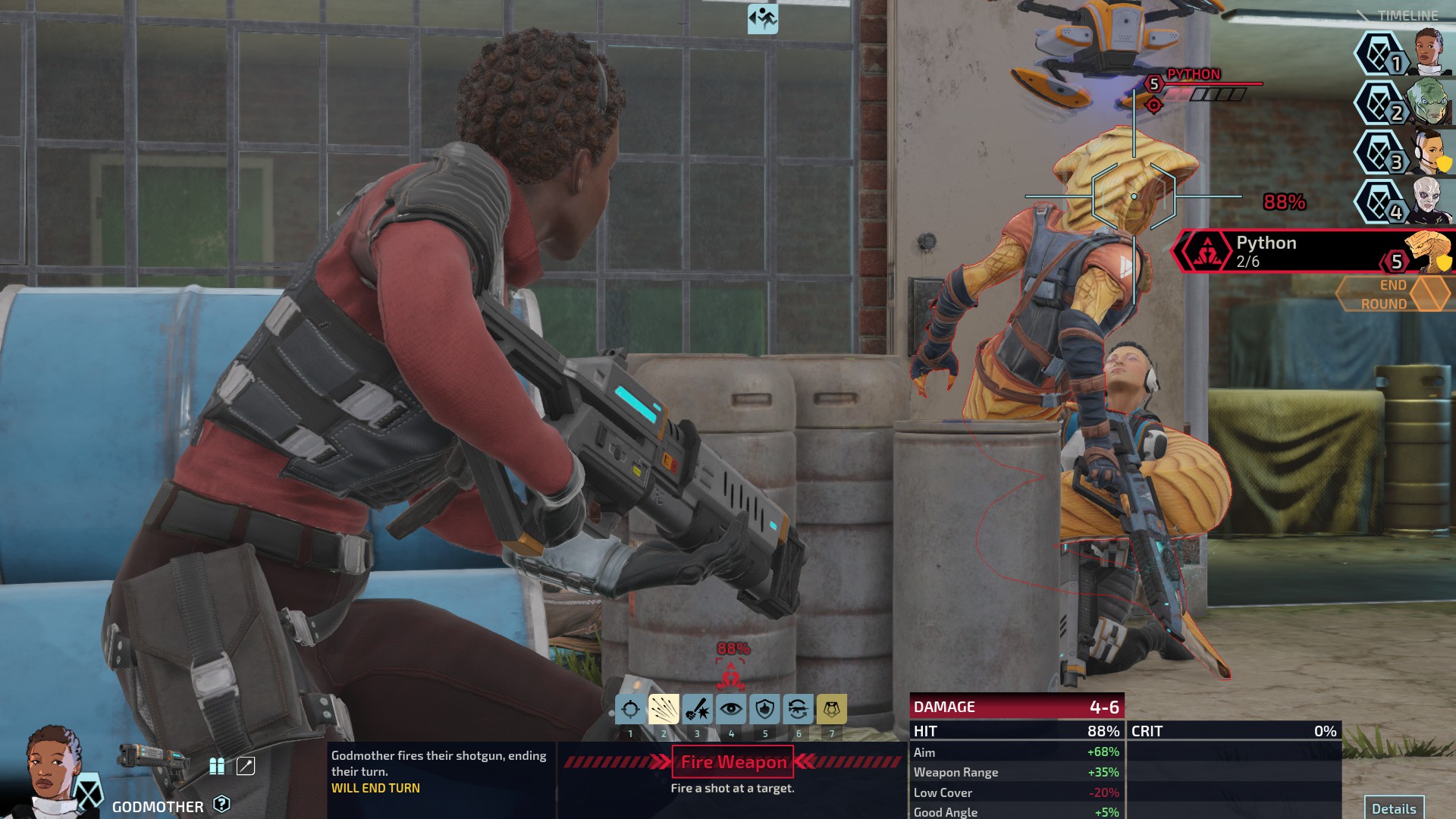

XCOM: Chimera Squad’s RPG & Turn-Based Tactics Hybrid Works

By Melvyn Tan|April 23, 2020|0 Comment
Zephyr, an ex-Advent and ex-Skirmisher hybrid who eschews guns for her fists, is a badass. When she first joins my XCOM: Chimera Squad team, all she has is a mean punch that takes out squishy grunts in one hit, while tougher enemies lose a nice chunk of their health and receive a negative status effect. 12 hours in, she’s got the ability to either move again or parry an attack after punching, ignores armour while doing +1 damage with her fists, and has Crowd Control.
Crowd Control lets Zephyr strike all enemies within a small area. It’s far from a “press button to win†skill, but it lets her take out multiple weak or sufficiently wounded enemies all at once, and sending her for training even adds a debuff effect to her Crowd Control attacks. The camera can be a bit funky when she lays the smackdown, but it never gets any less satisfying to watch.
By having a cast of 11 pre-made Agents (you can only unlock eight, including the starting gang, in the campaign though), the turn-based strategy title XCOM: Chimera Squad –a spin-off of the 2012 XCOM reboot– injects a slight but noticeable RPG-like identity into the gameplay. Each Agent comes with a unique background, appearance, and skill tree; commanding and upgrading them reminded me a bit of the companions in Shadowrun: Dragonfall and Shadowrun: Hong Kong. Starting weapon types cannot be changed, only swapped for a superior version, including specially-named weapons with abilities of their own.
This spin-off is my first XCOM game, so I can’t say how this system compares to its predecessors’. But while I did wish I could get access to the remaining three Agents towards the end of the campaign for some fresh variety, I greatly enjoyed trying out different team compositions and throwing them against the game’s enemy factions.
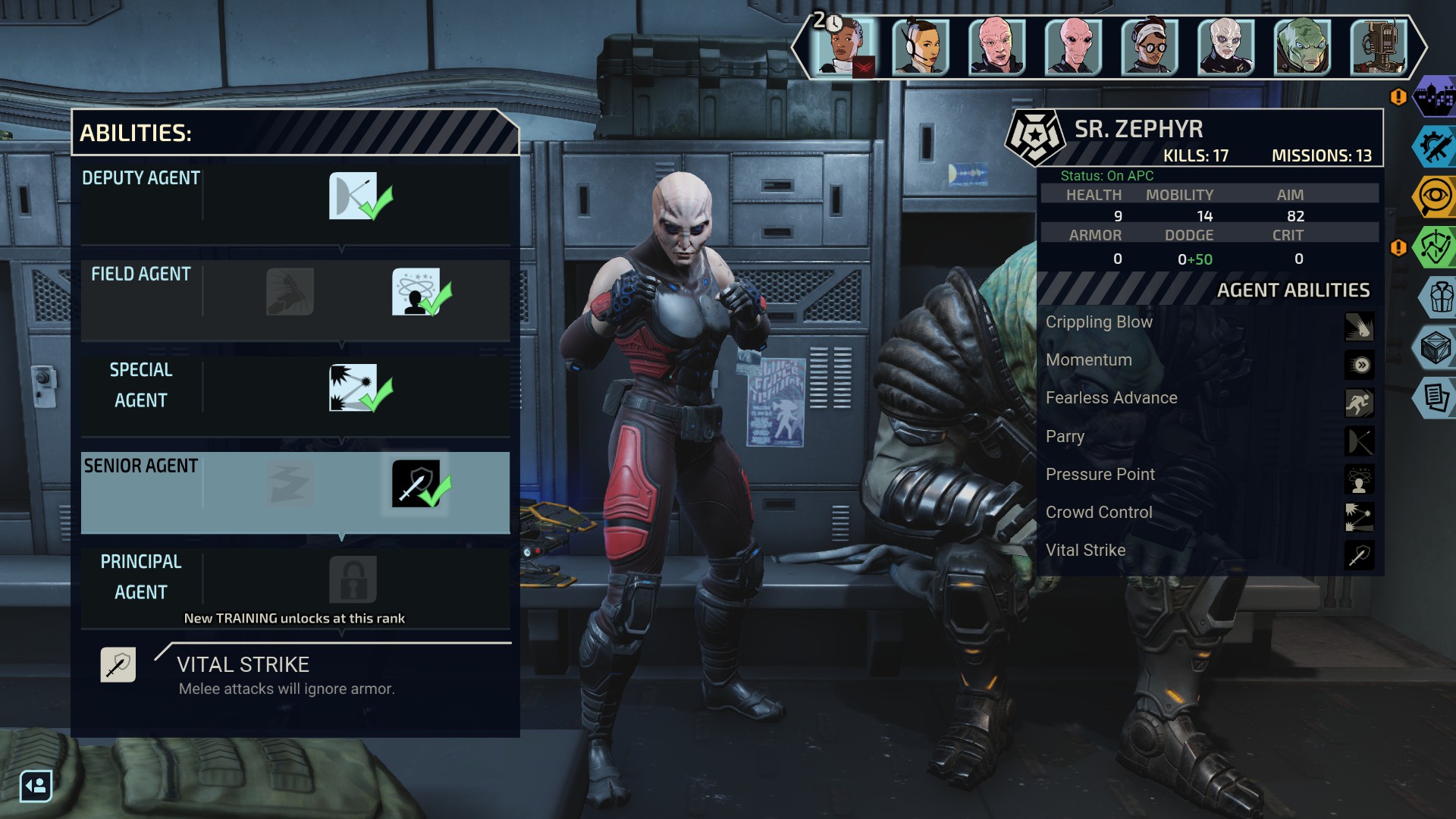
Chimera Squad is set five years after the ending of XCOM 2: War of the Chosen. Instead of repelling an alien invasion, you’re now working to keep the peace in City 31 as the titular unit, and you have alien hybrids as well as humans on your side. The Chimera Squad I ended up with had a roughly even mix of both, and while there wasn’t anyone I liked for their personality, the conversations that the Agents have at base – which sometimes touch on a hybrid’s pre-XCOM past – do make them feel alive.
Terminal quickly became my overall favourite gameplay-wise, as her healing GREMLIN drone often makes her feel like a must-have, but I had fun with everyone else, even the ones that I didn’t like much initially. Godmother is a literal blast with her shotgun-centric skill tree, while Verge provides useful support with his psionic capabilities. I chose to ignore pistol expert Blueblood in favour of a high-tech utility Agent at first, but when I eventually recruited him, he proceeded to rack up the highest body count among my Agents.
The enemies you face are also varied. They’re primarily drawn from three factions, which the campaign focuses on one at a time in an order of your own choosing, although a fourth faction becomes more prominent later on. Gray Phoenix consists of multiple alien species, Sacred Coil annoys with its mechanical units (some of which can self-destruct), flamethrower troops, and Andromedons, while The Progeny almost feels like a fantasy-themed faction (reminding me of Shadowrun’s blend of sci-fi and fantasy) with its psionic humans and fancy aliens like the Archon and Codex.
Crafting different team compositions and pitting them against these different factions is already fun on its own, but the new Interleaved Turns system provides extra spice. With this system, your Agents and the enemy units are sorted into a Timeline, and they then proceed to duke it out in alternating order based on their position on it.
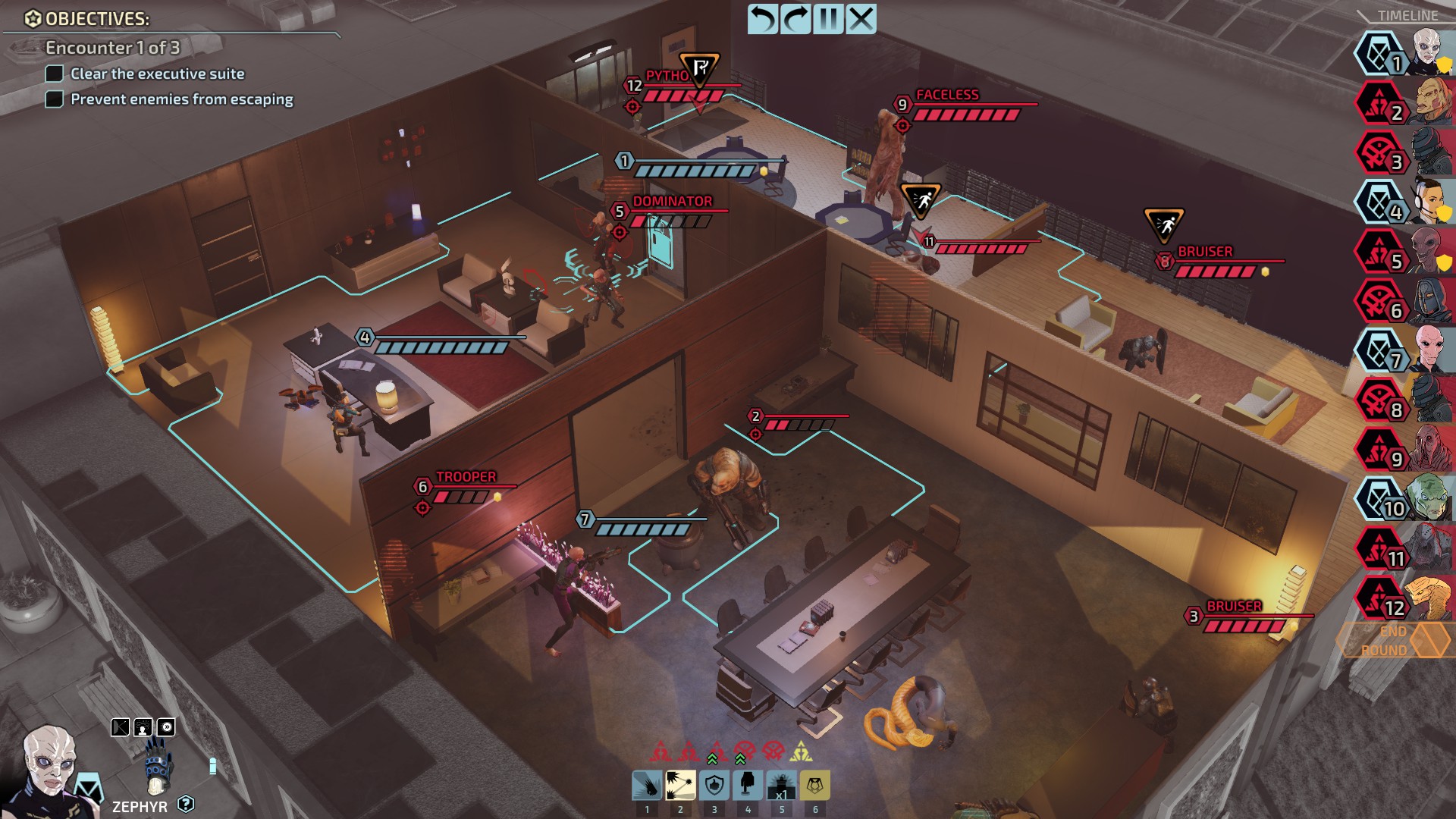
Alternating activations is nice, but the information provided by the Timeline is also key to its success here. Outside of some enemy abilities that caught me off guard, Chimera Squad doesn’t really hide things from you. Its battles are usually divided into multiple Encounters, which mostly take place in small locations with no fog of war, so all the information you need – from activation order to enemy placement – is already laid out before you.
The fun thus comes from figuring out what to do with that information. Since you’re always outnumbered, you’ll have to do your best to maximize an Agent’s turn, or activate the once-per-mission Team Up ability that everyone has to bump up an Agent’s spot on the Timeline, giving you two consecutive activations and faster access to a crucial ability. I didn’t pay much attention to the Timeline order at first, but as things became tougher later in the campaign, I started making decisions based on it a bit more often.
As for the locations, which are mainly enclosed with some open-air environments, some of their sizes occasionally felt a bit restrictive initially, since I had spent almost 50 hours playing Battletech before reviewing Chimera Squad. But I soon grew to enjoy being thrust into the action immediately, especially when they took place in places like offices, apartments, and convenience stores where the environmental destruction can be savoured. The open-air locations include container yards and rooftops, but I primarily love the street battles where cars can blow up.
Each Encounter is preceded by Breach mode, Chimera Squad’s other new gameplay feature. Here, you’ll decide on an entry point, which can have a benefit or drawback, and how you assign your Agents here will determine their order on the Timeline. When they go in, you get some free shots or activate Breach-only abilities before the actual battle starts.
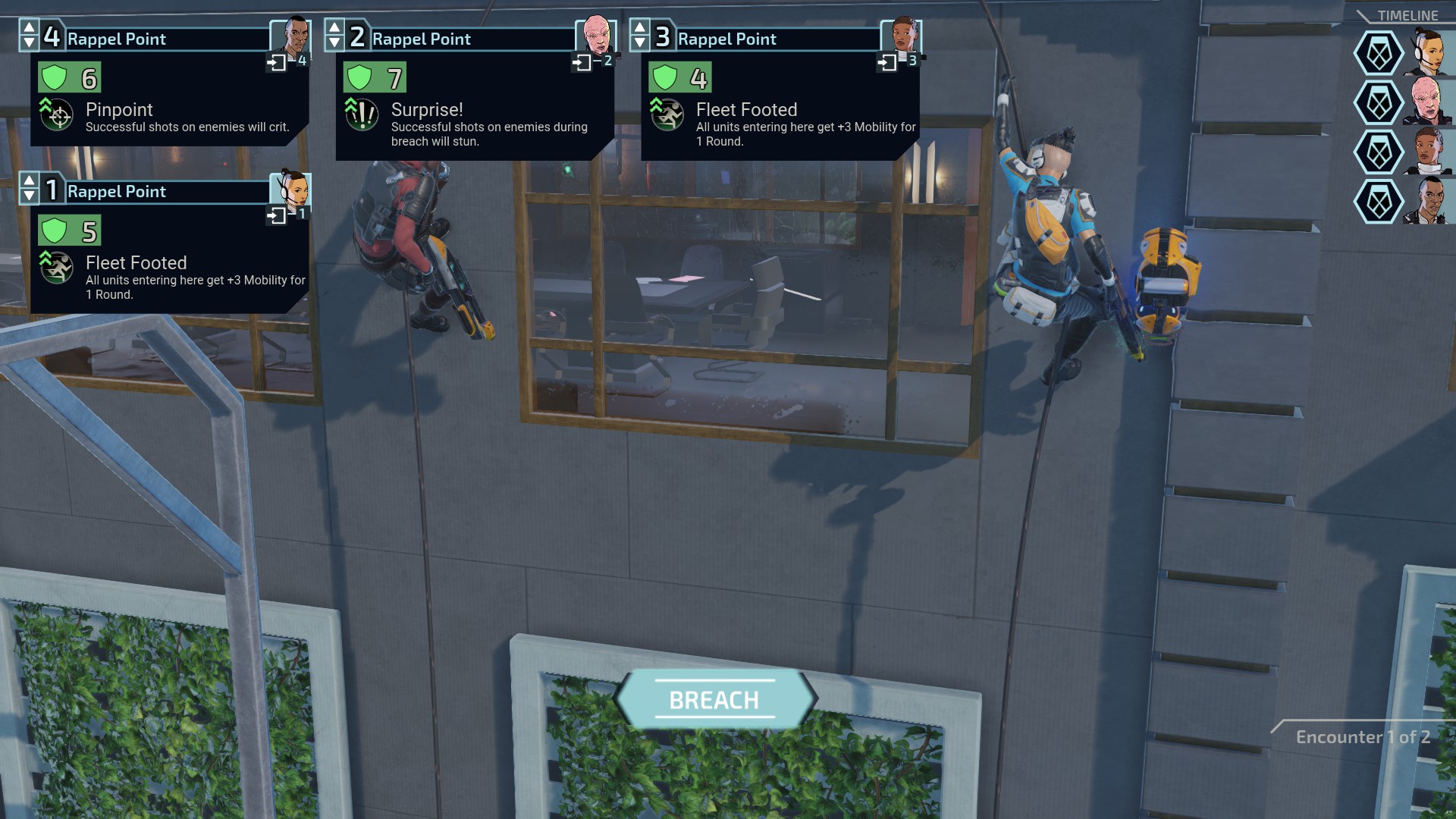
There were two tough Encounters where changing my Breach tactics helped immensely, but outside of that, it’s the least memorable of the new gameplay features. The free actions are undoubtedly useful and picking the right targets can be crucial, but it can also feel like you’re simply going through the motions at times. The entry part feels a little underdeveloped too; I’d love to have a reconnaissance feature that lets you scout out enemy locations, so that deciding on an entry point feels more involving.
The tactical battles will have you retrieving items, rescuing hostages, and destroying targets, in addition to clearing out enemies. On the strategic side of things, your job is to ensure that the city doesn’t spiral into chaos by managing district unrest and the city anarchy meter. Taking on missions is the primary way to do this, but when you’re forced to choose between missions or are waiting for a hidden critical mission to “reveal†itself, you’ll have to make use of field teams, special abilities and Spec Ops assignments to keep a handle on things.
You’ll also be researching new items and weapons at your base, as well as sending Agents for the aforementioned Spec Ops missions or training. Training serves two purposes: increasing stats or unlocking extra abilities that aren’t on the skill tree, or removing stat-reducing scars that are earned from injuries. These various base assignments give your idle Agents something to do, and Training in particular, encourages you to switch your team composition.
While my initial focus was on improving my Agents, it helps to upgrade your Androids too. Agents can’t die (well they can, but you’ll fail the mission), but they’ll remain unconscious after being stabilized, meaning that if you’ve got more Encounters to go, you’ll be short-handed. However, you can use Androids to fill in for them, and their presence is actually useful if you’ve upgraded them.
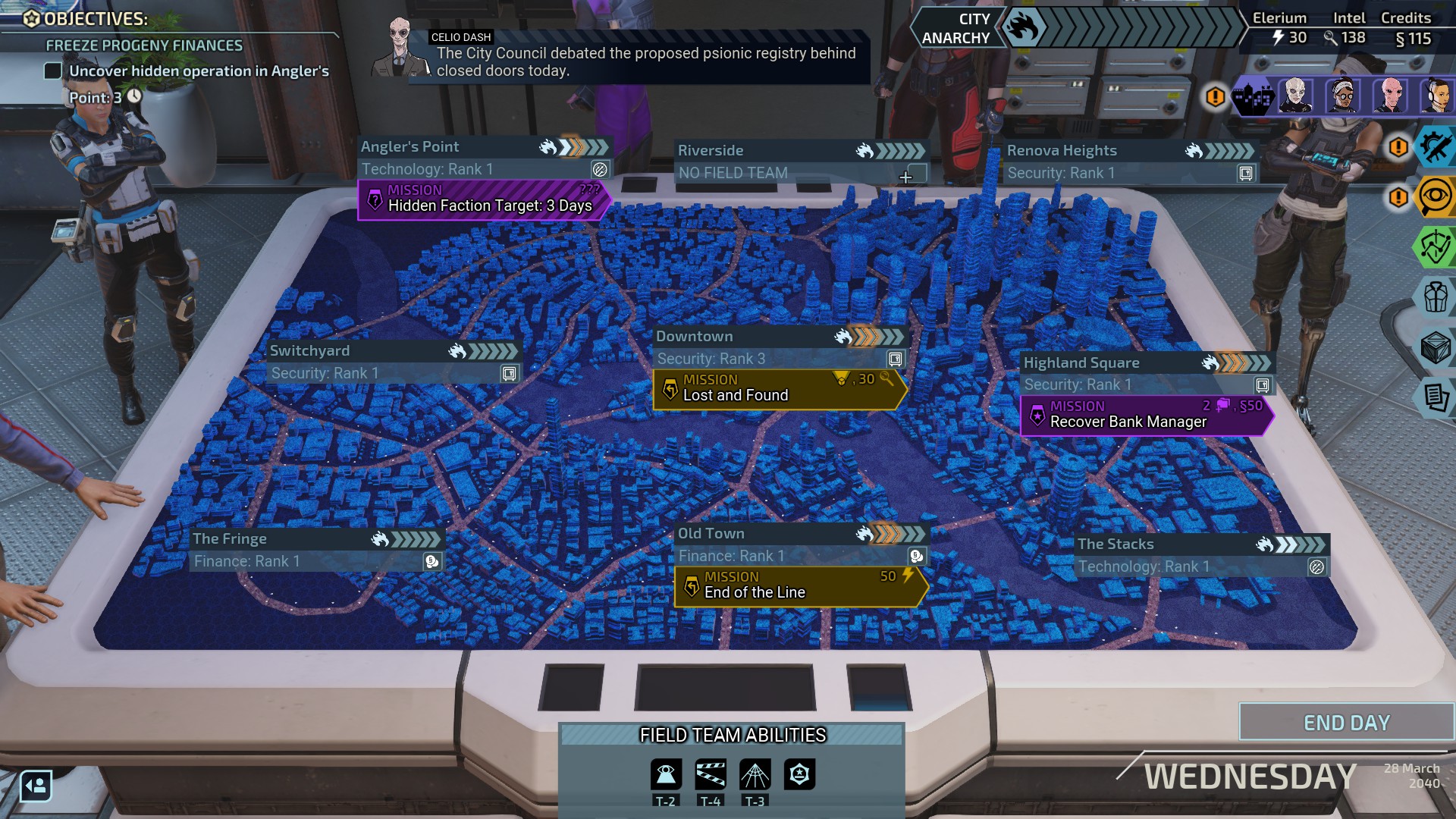
The research and Scavenger Market items start to feel somewhat unnecessary a few hours too early, but maintaining city anarchy and keeping your agents busy are engaging enough. Managing the city anarchy meter did feel a bit easy though, even if I was playing on Normal and achieved my success by pulling out all the stops. Still, the setting that increases the city anarchy meter so that it maxes out slower is definitely not needed for Normal.
If you’re after a challenge, you can pair the higher difficulties with Ironman and Hardcore, with the latter treating any failed mission as a total campaign loss and deleting the campaign save afterwards. The tactical battles themselves are sufficiently challenging or engaging on Normal, especially when Dark Events come into play. Some Dark Events are determined by your choice, which is framed as you are deciding which of a faction’s activities to shut down. I opted to go after Sacred Coil’s android manufacturing, resulting in increased Andromedon presence.
The climatic faction Takedown missions are naturally among the hardest, but their difficulty is slightly inconsistent. For instance, The Progeny’s third Takedown Encounter was oddly easy even compared to its own preceding Encounter, which caused one of my Agents to be downed. And while the final Takedown in the campaign posed a challenge, its third stage was surprisingly lax about summoning enemy reinforcements; an earlier Sacred Coil Encounter was less restrained in regards to that and felt more gruelling as a result.
Some rare moments where the difficulty curve seems to suddenly increase exist too, with missions that seemed to be going fine becoming an utter disaster in a matter of seconds, thanks to what I presume to be incredibly lucky hits by enemies.
More annoying was a Takedown mission where you have to stop the enemy from launching a shuttle; for some reason, stunning them doesn’t stop them from doing so.
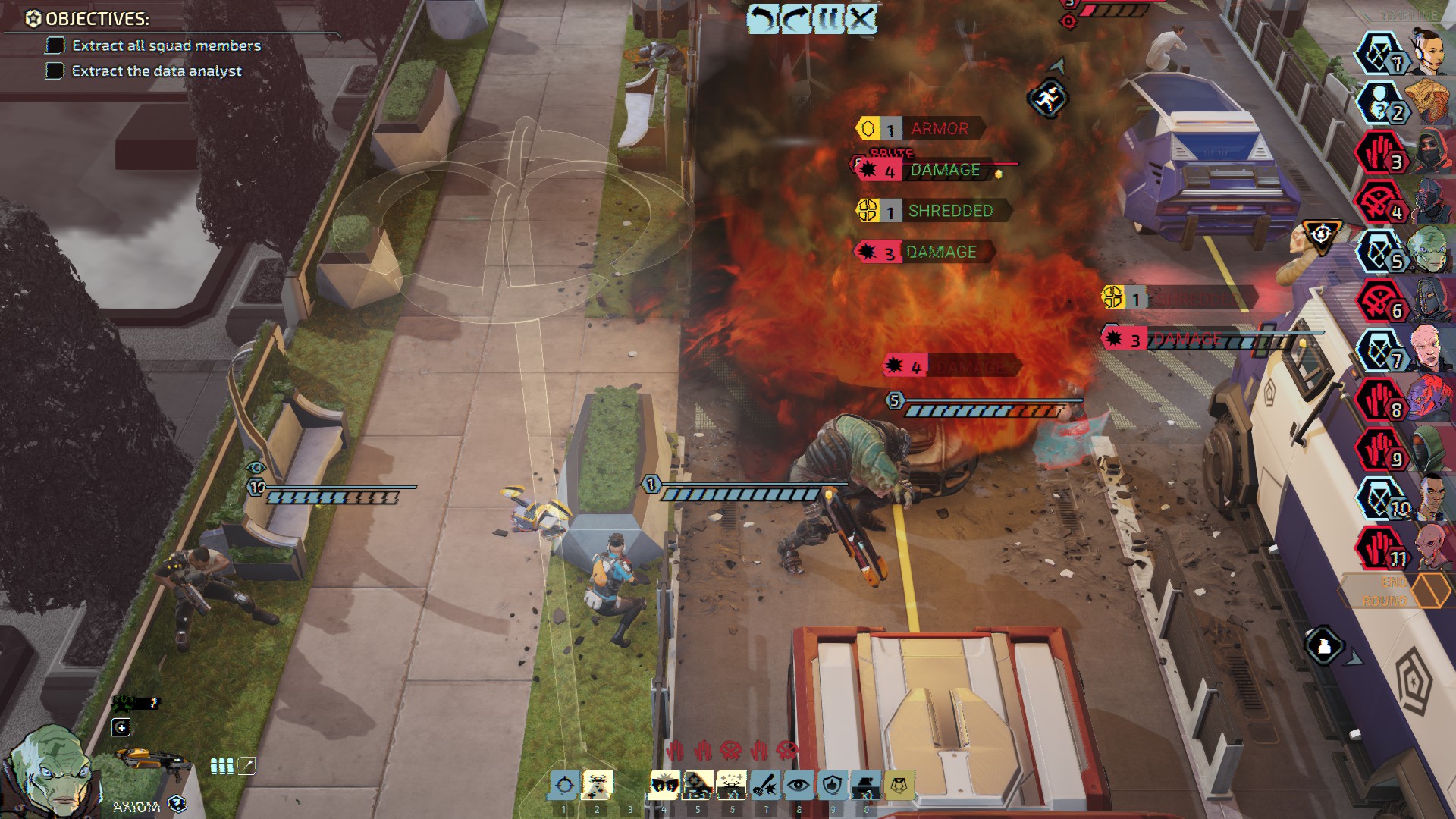
There are also some minor technical hiccups, like the occasionally glitched out character model or the game hanging twice. But these were rare moments too, and most of the 28 hours I spent on the campaign (this includes the time spent reattempting several unsuccessful Encounters) were without incident.
The ending of the game hints that things aren’t over, but while it’s not clear if the plot will be continued in XCOM 3 or a Chimera Squad sequel. I certainly wouldn’t mind the latter.
XCOM: Chimera Squad is a satisfying blend of turn-based tactics and RPG-ish characters, and the game offers a good number of hours for a spin-off too. At its normal price of RM59, I’d say it’s worth it; at its current half-off price of RM29.50, it’s an absolute steal.
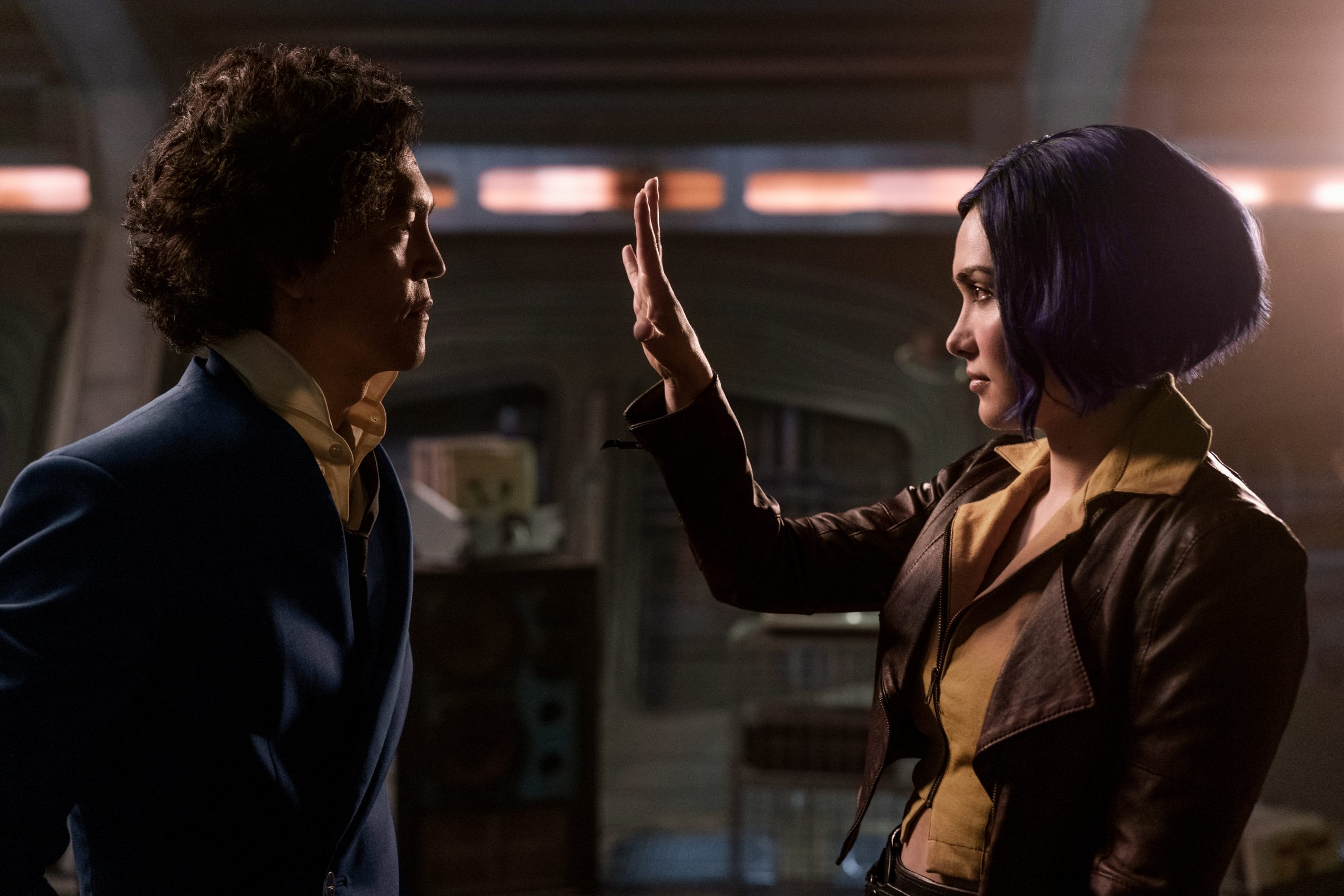
By Jonathan ToyadVerified|November 15, 2021
Live-action adaptations of anime shows are tricky things to pull off. For every good one like the Rurouni Kenshin series of films, you have a boatload...

By Burhan ZamriVerified|October 15, 2019
I don't vividly remember the first Maleficent movie and this time, I'm not blaming my poor memory. It was a forgettable retcon of a beloved Disney sto...
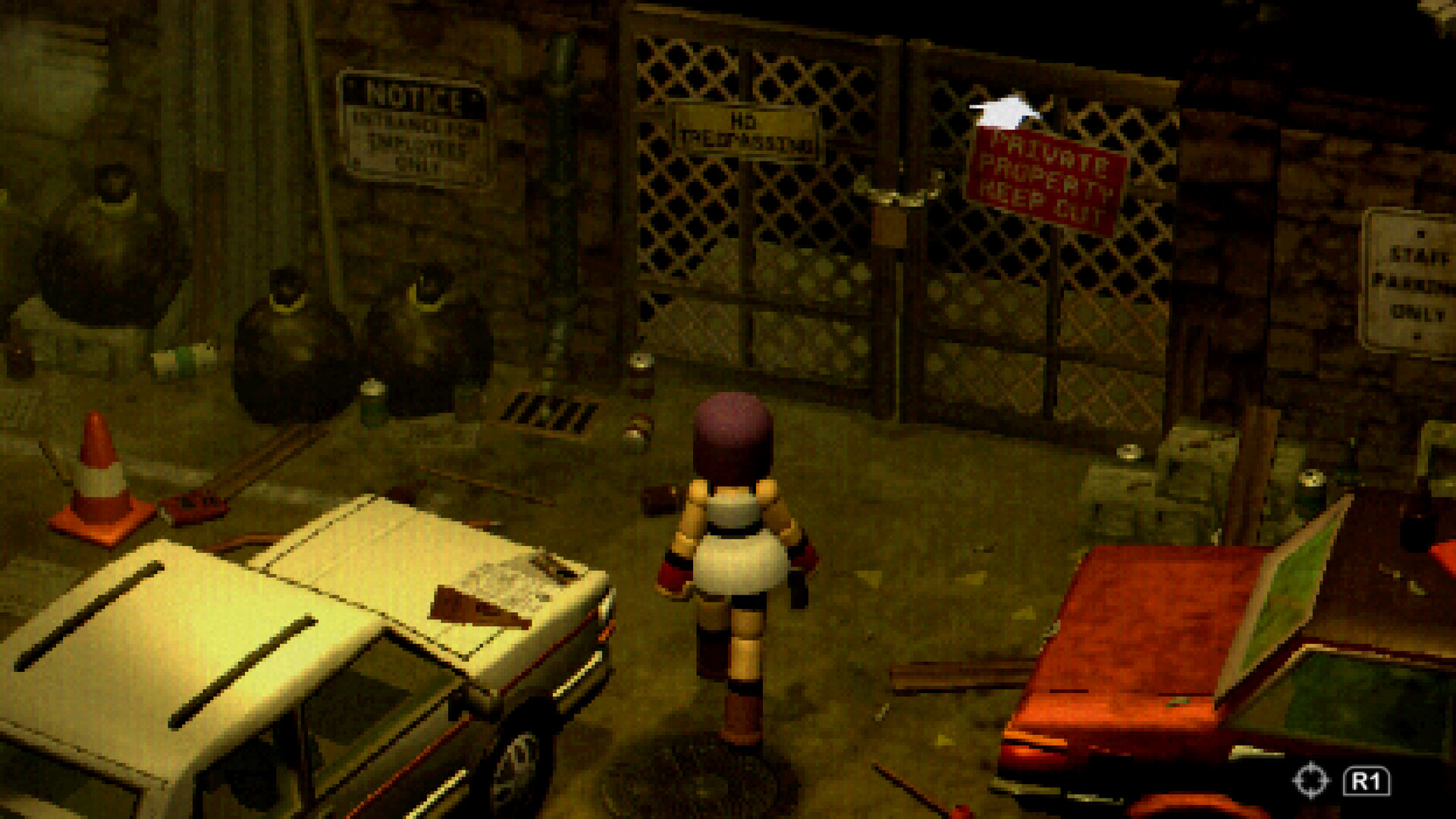
By Ali'sha HarrisVerified|March 14, 2024
Publisher and developer SFB Games announced the release date for its anticipated atmospheric survival horror game, Crow Country for console and PC. ...

By Jonathan Toyad|April 9, 2025

By Kakuchopurei|April 2, 2025

By Kakuchopurei|March 31, 2025

By Jonathan Toyad|March 28, 2025

By Kakuchopurei|February 17, 2025

By Ali'sha Harris|February 16, 2025

By Jonathan Toyad|April 26, 2025

By Jonathan Toyad|April 25, 2025

By Jonathan Toyad|April 25, 2025

By Jonathan Toyad|April 9, 2025

By Kakuchopurei|April 2, 2025

By Kakuchopurei|March 31, 2025

By Jonathan Toyad|March 28, 2025

By Kakuchopurei|February 17, 2025

By Ali'sha Harris|February 16, 2025

By Jonathan Toyad|April 9, 2025

By Kakuchopurei|April 2, 2025

By Kakuchopurei|March 31, 2025

By Jonathan Toyad|March 28, 2025

By Kakuchopurei|February 17, 2025

By Ali'sha Harris|February 16, 2025
Copyright @ Kakuchopurei 2025